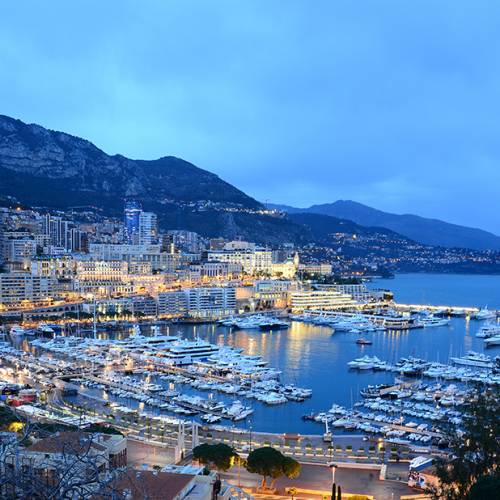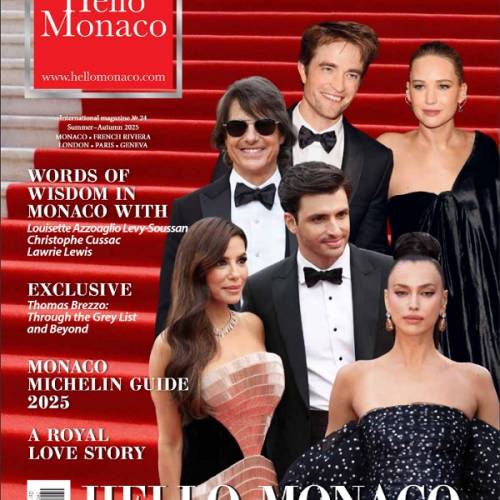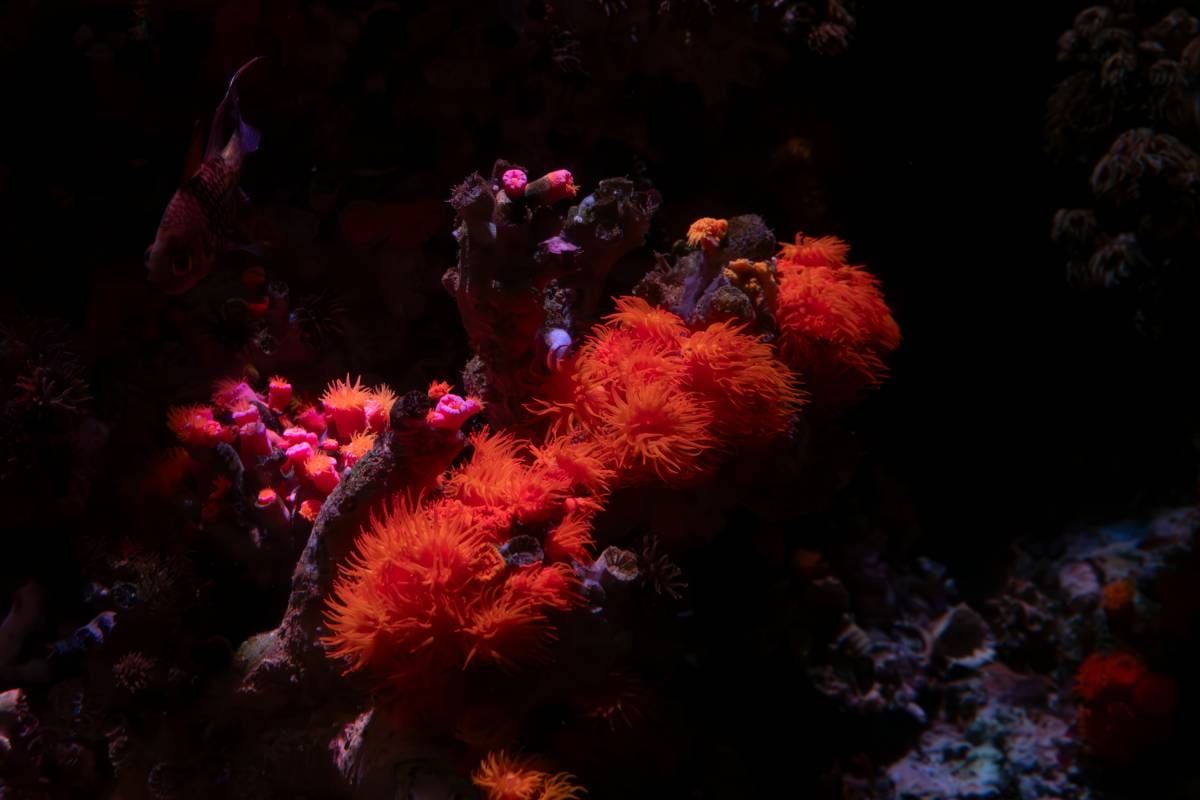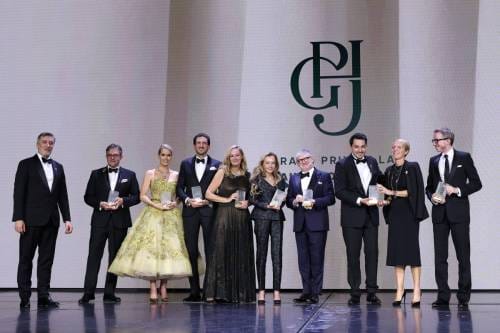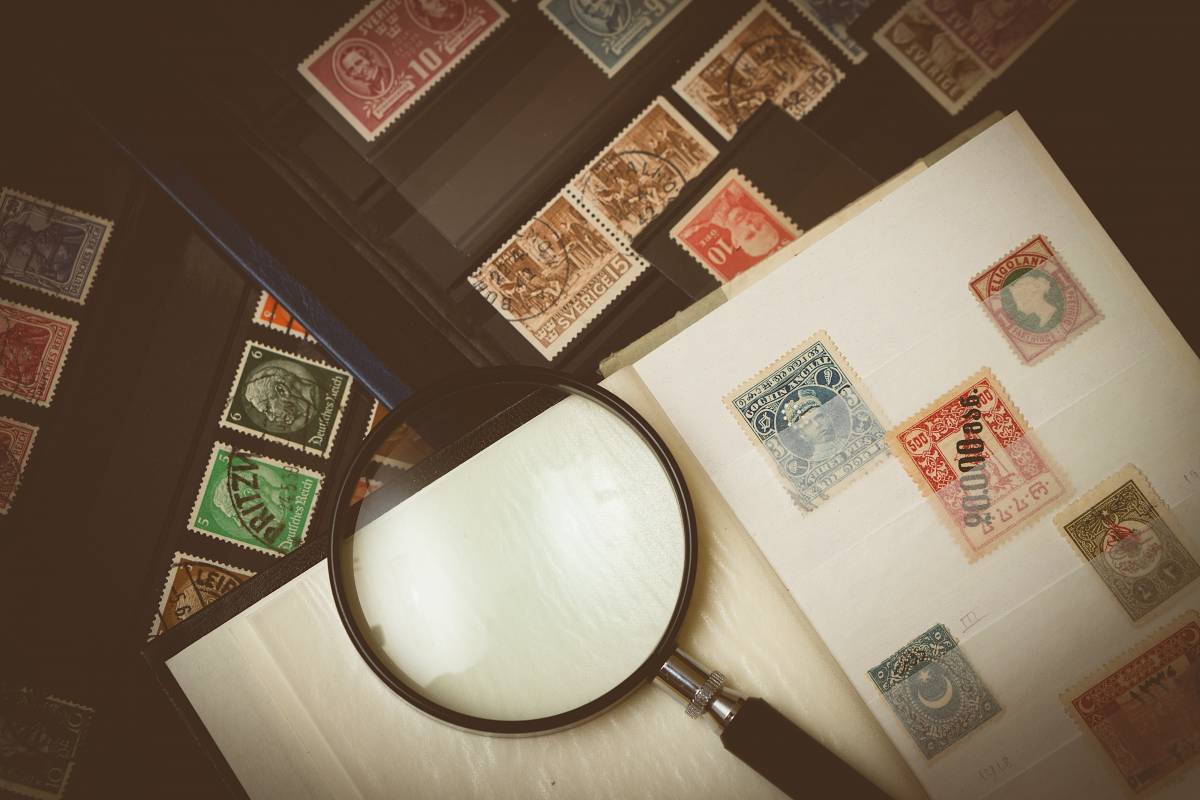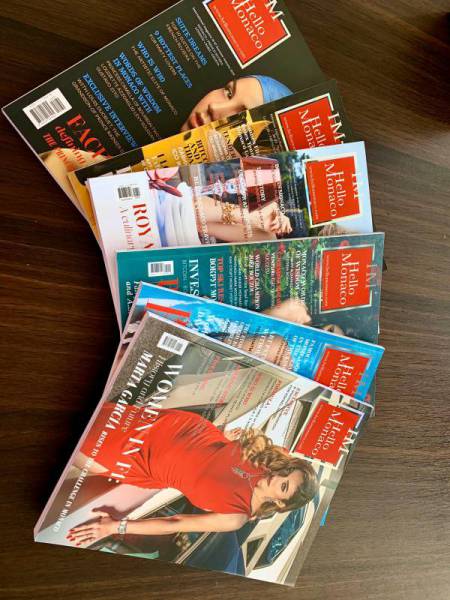Chanel and the Monaco Scientific Centre have renewed their partnership agreement for the next six years to understand red coral and contribute to the protection of this Mediterranean species.
“Chanel wishes to pursue initiatives consistent with its brand identity with the aim of contributing to sustainable development and environmental protection. Mediterranean red coral is an iconic material in jewelry, used in this field since Antiquity. It is distinguished from tropical corals by its characteristic red colour and very slow growth (1-3 mm per year), which gives it its preciousness. Red coral is a natural Mediterranean treasure that must be protected,” said the Monaco Scientific Centre.
Exploited for thousands of years, red coral has been used in jewelry, medicine and religious ornaments. Chanel Jewelry’s partnership with the Scientific Centre of Monaco has created the Precious Coral Biology Research Unit, which conducts groundbreaking research to understand and protect the iconic species.
Under the Chairmanship of Princess Caroline
The work of this research unit is evaluated annually by an external steering committee, which meets under the chairmanship of HRH the Princess of Hanover.
Today, red coral is threatened by overfishing, human pollution and global warming. Red coral was the first organism to bear the name “coral.” The best-known and most emblematic precious coral is the Mediterranean red coral (Corallium rubrum).
Often called “Red Gold” or “Blood of Christ,” it has significant market value. Historically, it was considered a lucky charm or a protector against spirits. Red coral still harbours many mysteries and in jewelry, red coral is known as a “biomineral”. Pearls are another example of a biological gem.
“Coral has long been considered a mineral, a plant, or an animal. It was only in the mid-18th century that Mediterranean red coral definitively acquired its status as an animal, thanks to Dr. Jean-André Peyssonnel,” says the Monaco Scientific Centre.
Researchers at the Monaco Scientific Centre are among the world’s leading specialists in this field of study. Precious coral is made from an organic framework embedded in calcium carbonate (CaCO3). The organic framework contains carotenoid pigments that give red coral its colour, brightness, and value.
Approximately 350 official coral fishermen are licensed in the Mediterranean.
“To address the scarcity of this resource, it is urgent to develop new management methods and/or alternatives that allow the jewelry industry to use red coral without drawing on natural stocks,” said the Monaco Scientific Centre.

